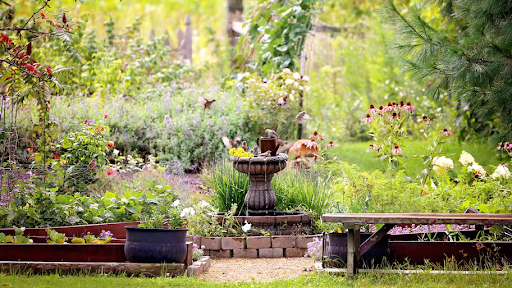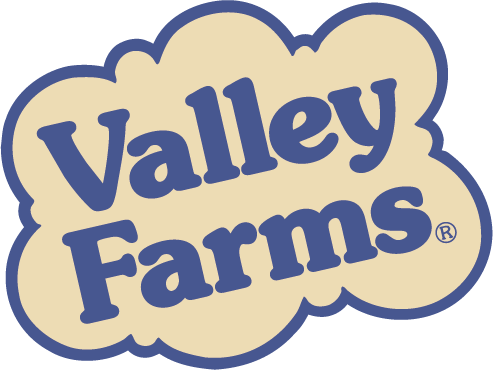
5 Steps to Building Your Own Bird Sanctuary
Share

Learning how to build your own bird sanctuary is an exceptional way to encourage backyard birds to frequent your space. DIY bird sanctuaries establish safe places for birds to feed, breed, and spend time. Birds don’t have to worry about being crowded out by other species and fighting for food. They can also steer clear of certain predators and inclement weather, which helps them avoid breeding problems that species often experience out in the wild.
This effort in bird conservation is beneficial for birders as well. Observing the beauty of wild songbirds can be a stress-relieving way to enhance a peaceful environment and reconnect to nature.
The key to building a successful bird sanctuary is having the basic necessities and knowing how to maintain it. From there, you can embellish and make it your own.

Northern Cardinal
Step 1: Set up the Right Type of Bird Feeder
Every bird sanctuary needs at least one bird feeder. The type of feeder you put up depends on the types of birds you’re looking to attract.
Finch socks – Ideal for finches, common redpolls, and pine siskins.
Thistle bird feeders – These bird feeders are often referred to as Finch feeders. They are specifically designed to dispense Nyjer seeds.
Tube feeders – Finches, chickadees, pine siskins, and nuthatches are common visitors depending on the wild bird seed that is in tube feeders.
Platform feeders – Almost any type of bird will feed from a platform feeder as long as they like the type of food that’s set out.
Hopper feeders – The roofs on hopper feeders help keep the bird seed dry. Various size bird seed can often be dispensed, making hopper feeders perfect for wild bird seed mixes.
platform feeders, tube feeders, hopper feeders. Always keep them clean to prevent the spread of sickness and disease.
Nectar bird feeders – Certain wild songbirds like hummingbirds, woodpeckers, and orioles drink nectar/sugar-water from these types of feeders.
Oriole bird feeders – Bluebirds, orioles, mockingbirds, thrushes, and American Robins are known for their affinity for noshing on fruit from oriole bird feeders.
Suet bird feeders – The suet that goes in this type of feeder provides insectivores with the fat content they need to keep up their energy. Suet cakes or blocks easily fit into suet cages so woodpeckers, wrens, tits, nuthatches, warblers, and chickadees can access the food but larger animals cannot.

Step 2: Fill your Bird Feeder with the Right Bird Food
Not only is it crucial to have the right kind of bird feeder, but it’s equally important to fill it with food the birds can access. Filling your feeder with bird seed that is too big for the feeder hole won’t do your backyard birds any favors. Be sure to check the type of bird food your feeder is designed for before you fill it.
Step 3: Set Up a Hydration Station
Birds need to stay hydrated all year-round. Set up bird baths and fountains with fresh water that you change regularly. This is especially important in areas where there may not be a water source like a lake or pond nearby.

Catbird
Step 4: Upgrade your Landscaping
Even birds care about appearances. Making your backyard attractive to birds could entice them to spend more time in it. Plant trees and shrubs in which the specific species you want to attract are known to nest and frequent.
Another pro tip for gardening and landscaping is to include native plants in your yard. Use the Audubon Native Plants resource to find out which plants are native to your area. Not only do native plants provide birds with a natural source of nutritious seeds and fruit, but they’re also the perfect place for birds to find safety, shelter, and rest. Either place the plants around feeding stations or landscape them into gardening beds.
Step 5: Set up Bird Housing/Shelter
Birds need a home too! Birdhouses encourage breeding and tall trees with branches/leaves help with nesting. Consider this as you plan the layout of your backyard and perhaps rethink uprooting some trees for the sake of giving birds a safe place to breed.

Tips for Keeping Out the Critters
The downside of making your bird sanctuary so inviting is that squirrels, chipmunks, and other animals may also want to come by. To prevent them from snatching up all of your birdseed and taking over the birds’ precious space, here are a few tips:
1) Use squirrel-proof feeders
2) Bring the feeders indoors in the evening to detract black bears, which feed at night.
3) Keep indoor/outdoor cats INDOORS. It may also be worthwhile to consider installing a fence to keep stray cats out.
Sparrow Resistant Bluebird Nest Box / Bird House
$32.80

Valley Farms Woodpecker Mix Wild Bird Food with Sunflower Hearts!
$16.90

Ready to build your own bird sanctuary? Find all the supplies you need right here at Valley Farms®!

1 comment
More info